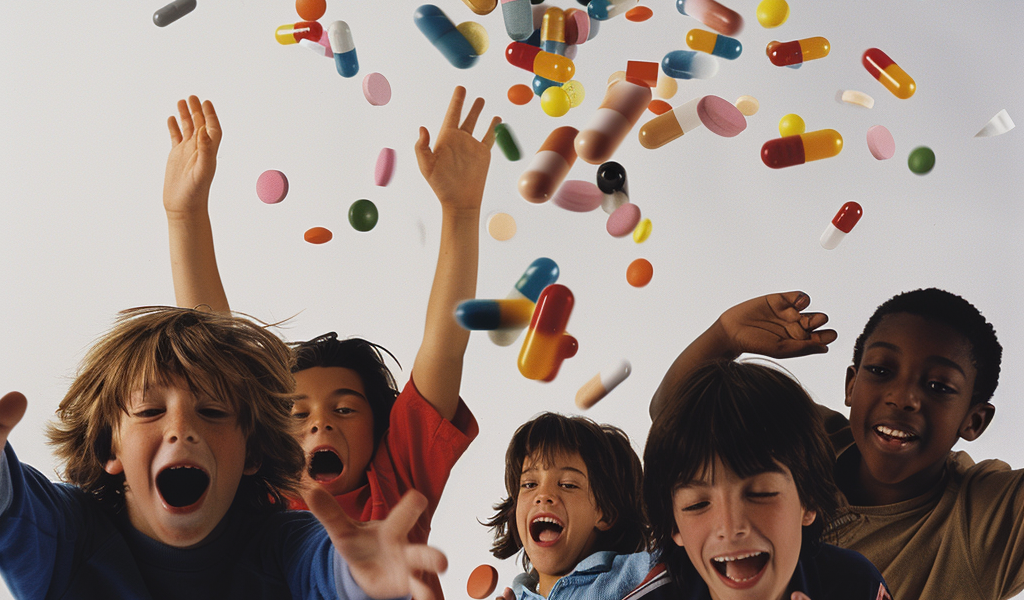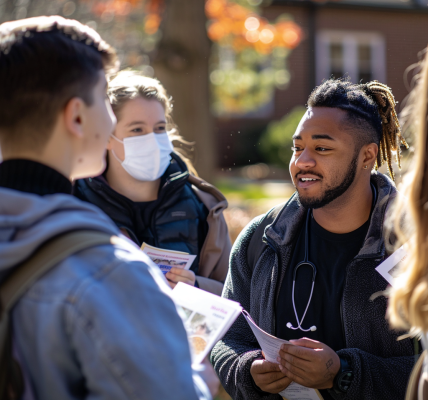In a recent study published in Pediatrics, researchers conducted a comprehensive review of treatment options for attention-deficit/hyperactivity disorder (ADHD) in children and adolescents. The study, titled ‘Treatments for ADHD in Children and Adolescents: A Systematic Review,’ aimed to identify effective interventions for individuals under the age of 18 diagnosed with ADHD.
The researchers identified 312 intervention studies from 540 published articles, focusing on ADHD interventions lasting more than four weeks. The outcomes of the interventions were evaluated based on health and psychosocial indicators, comparing the intervention group with active, passive, waitlist, placebo, or no treatment groups.
The review highlighted the growing availability of treatments that effectively address ADHD symptoms in school-aged and young populations. While medication remains a crucial form of therapy, it is also associated with numerous adverse effects.
Medications for ADHD
The review assessed various medications for treating ADHD, including traditional stimulants like methylphenidate and amphetamines, as well as nonstimulants. The findings indicated that traditional stimulants significantly reduced ADHD symptom severity and broad measures but had little impact on functional impairment.
Methylphenidate formulations were found to improve symptoms and appetite suppression, but they were also associated with more adverse events. Similarly, amphetamine formulations and norepinephrine reuptake inhibitors (NRIs) improved symptoms but had more adverse events and appetite suppression. On the other hand, alpha-agonists were linked to fewer adverse effects.
Nonstimulants were also effective in improving ADHD symptoms and disruptive behaviors, although they had less impact on functional impairment. Direct comparisons between medications showed varied results, with some favoring stimulants over nonstimulants. Combining nonstimulants with stimulants resulted in additional small improvements in symptoms.
Overall, stimulants were found to be more effective in improving ADHD symptoms and broad measures compared to nonstimulants, with some variations in side effects and additional benefits when combined with nonstimulants. Integrative, alternative, or complementary therapies such as hippotherapy, homeopathy, and acupuncture did not show significant improvements in ADHD symptoms or other outcome measures.
Behavioral ADHD Therapies
The study also highlighted the significant improvement in ADHD symptoms through psychosocial interventions. These interventions played a crucial role in addressing the psychosocial aspects of ADHD in children and adolescents.
In conclusion, the review article provides valuable insights into the range of treatment options available for ADHD in children and adolescents. While medication remains a cornerstone of ADHD therapy, the study emphasizes the need for a comprehensive approach that includes behavioral and psychosocial interventions to effectively manage ADHD symptoms in young individuals.





